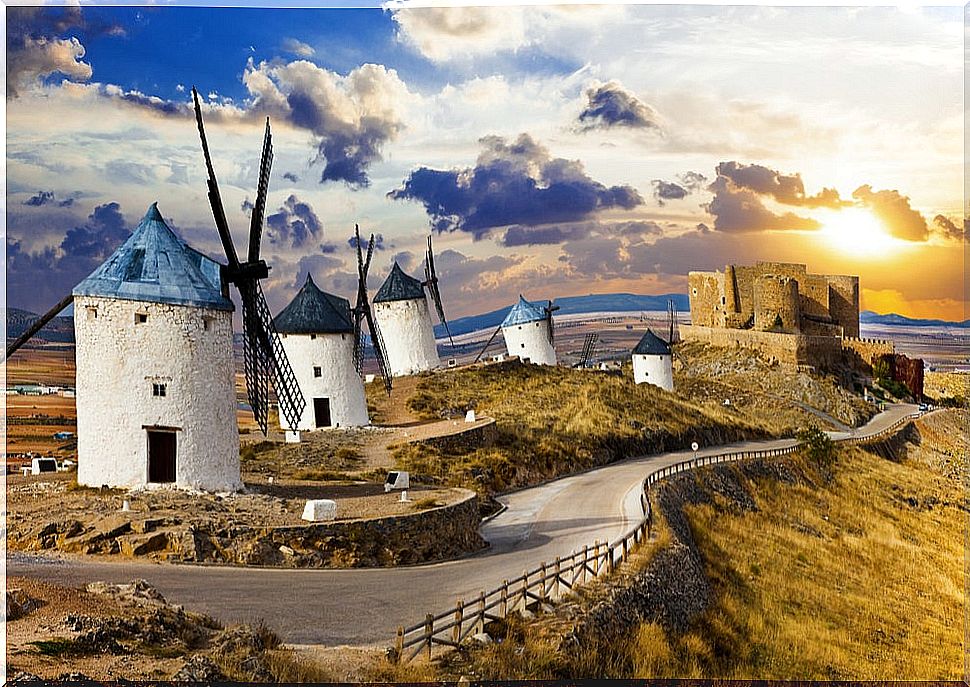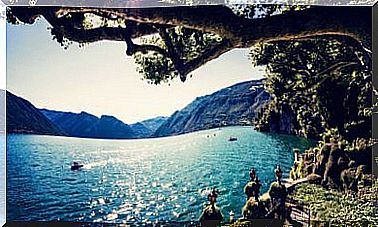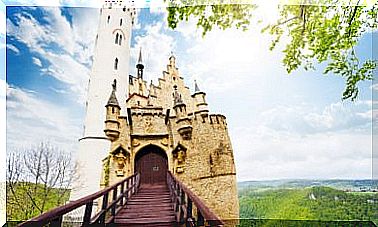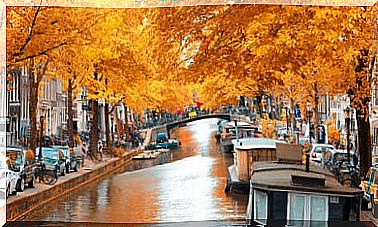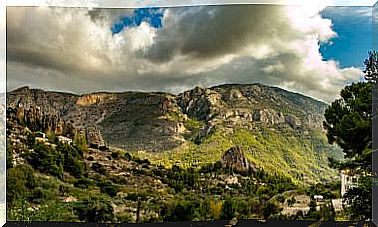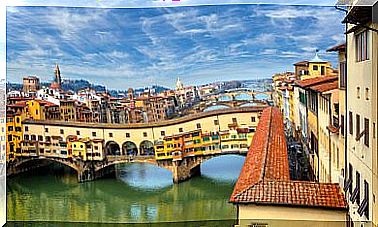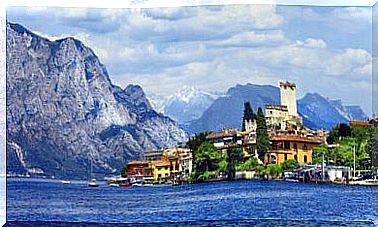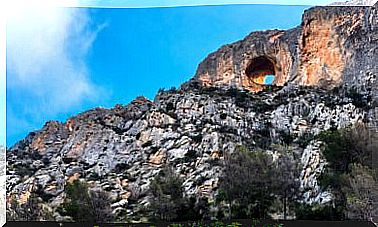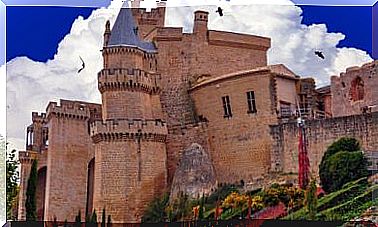Discover The Magic Of The Province Of Ciudad Real
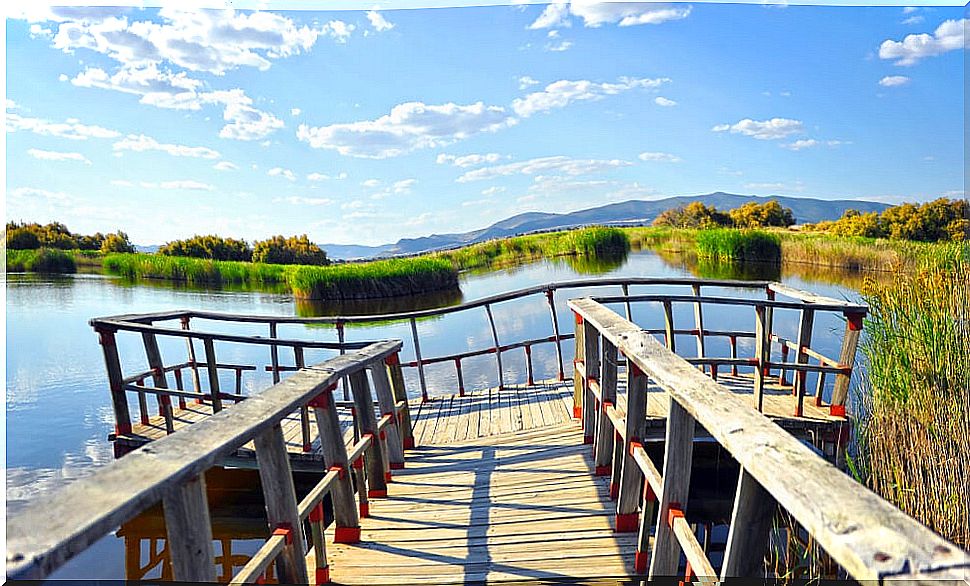
The province of Ciudad Real is home to countless treasures. We discover some of them in its capital, but most of us can enjoy them in the form of wonderful villages or natural spaces of great value. Next, we will discover some of those places that are pure magic and that you cannot miss. Do you dare to know what they are?
The old town of Ciudad Real
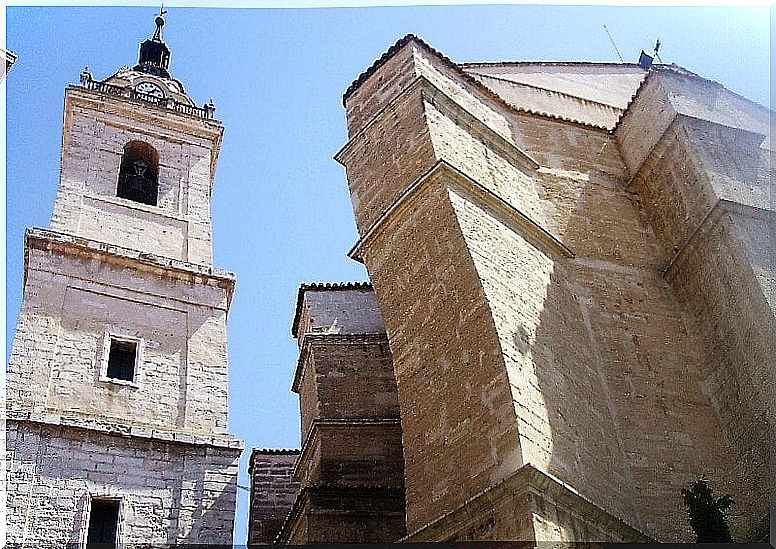
Strolling through the old part of Ciudad Real you can see some of its most important monuments. The cathedral of Santa María Del Prado stands out. It is a late Gothic style temple, although it also has Renaissance or late Romanesque elements, such as the cover of Perdón.
In Ciudad Real you should also visit the church of San Pedro, Gothic in style and built in the 6th century. And, continuing with the visit, you have to reach the Plaza Mayor, which houses the Casa del Arco. A bit further away, but just as important, is the Puerta de Toledo, the only remaining part of the city’s Real Alcázar.
Almagro and its theatrical importance
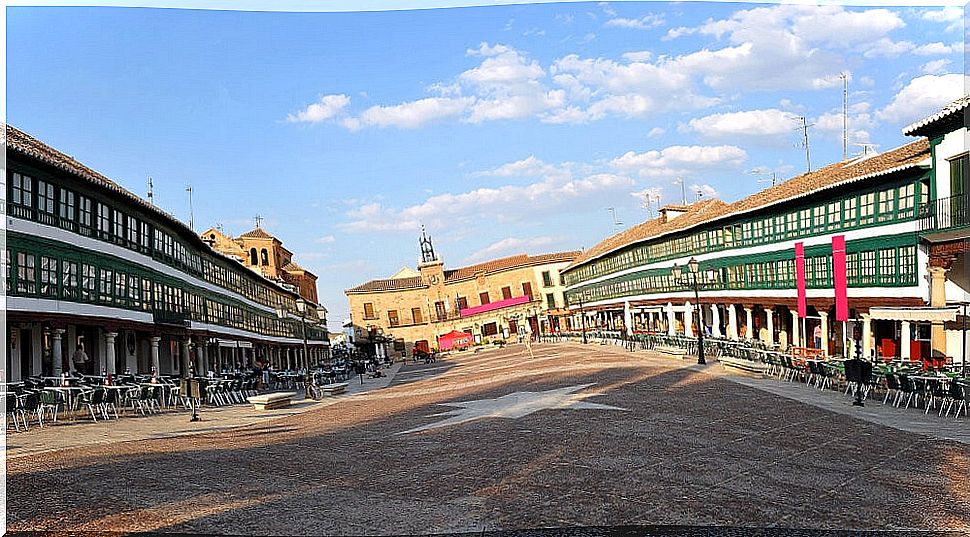
If the municipality of Almagro is known for something, it is for its historical-artistic complex. For this reason, and because every year it hosts the Almagro Classical Theater Festival, dedicated to the theatrical legacy of the Spanish Baroque and, especially, to the Golden Age.
The scenarios in which this important event takes place are numerous. Special mention deserves the Corral de Comedias. It is located in the Plaza Mayor and has been a National Monument since 1955.
During the visit you can see that it maintains the original structure of the seventeenth century comedy corrals. In addition, it can boast of being the only one of its kind in Spain that is preserved in its entirety.
And we must not forget the Plaza Mayor de Almagro. With an irregular rectangular plan, it also stands out for its architecture. One of its major sides opens onto the Palacio Maestral, but it also houses the town hall or the old church of San Bartolomé.
Villanueva de los Infantes

After Almagro, this municipality houses the most outstanding historical-artistic complex in the province of Ciudad Real. In fact, it is a monumental village in itself. Some of its monuments or places of interest are the church of San Andrés, the Plaza Mayor or the Casa del Caballero del Verde Gabán.
Las Tablas de Daimiel, the natural jewel of the province of Ciudad Real

It is between the municipalities of Daimiel and Villarrubia de los Ojos. The Tablas de Daimiel National Park is one of the last representatives of the ecosystem of river tables. These are formed as a consequence of the overflowing of the rivers in their middle sections.
However, the greatest ecological value of the park resides in the birdlife that uses it as a wintering and nesting area. Therefore, waterfowl are the main protagonists of Las Tablas. Some of the outstanding species that can be seen are herons, clays or martinetes.
The Lagunas de Ruidera Natural Park
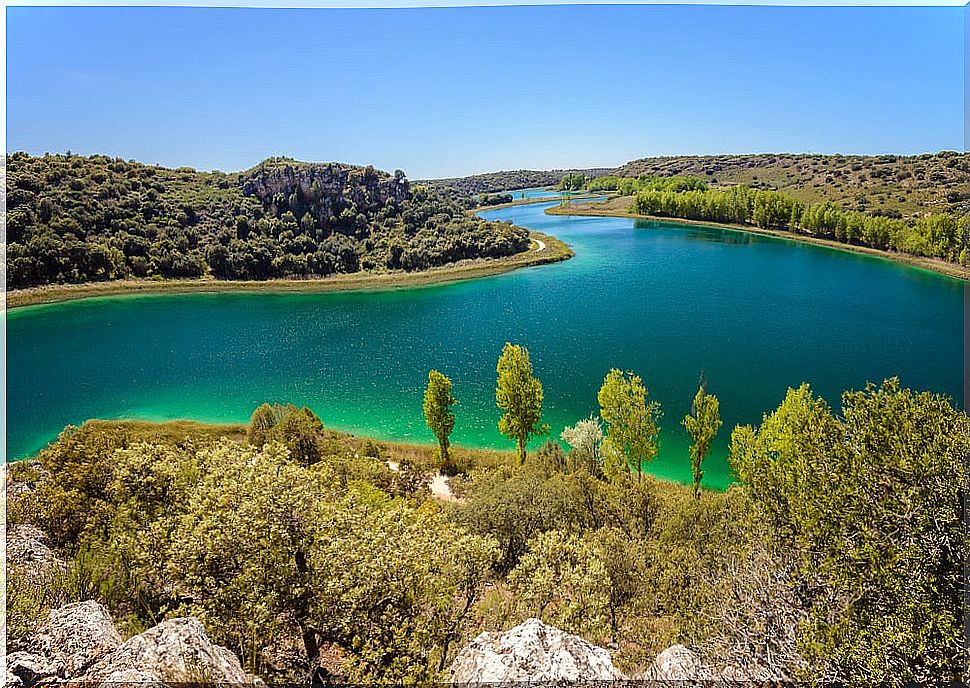
And we continue with another of the natural jewels that we can visit in the province of Ciudad Real. The Lagunas de Ruidera Natural Park is one of the largest and most important wetlands in Castilla-La Mancha and one of the most beautiful on the Iberian Peninsula.
It is formed by a set of 16 river lagoons, whose height differences allow there to be streams, waterfalls or jumps from one to another. Without a doubt, a natural spectacle worthy of admiration.
The Archaeological Park of Alarcos-Calatrava

It is one of the most spectacular sites in Castilla-La Mancha. It is so because of its extension (22 hectares of intramural space) and because of the importance of the remains that were found there. Remains that show their human occupation from the Bronze Age to the full Middle Ages.
Some of the pieces found are exhibited in the Interpretation Center of the Archaeological Park of Alarcos-Calatrava. There you can also see infographics or virtual reconstructions that introduce us to a journey through the history of the site. Its access is completely free, so there is no excuse not to visit it.
